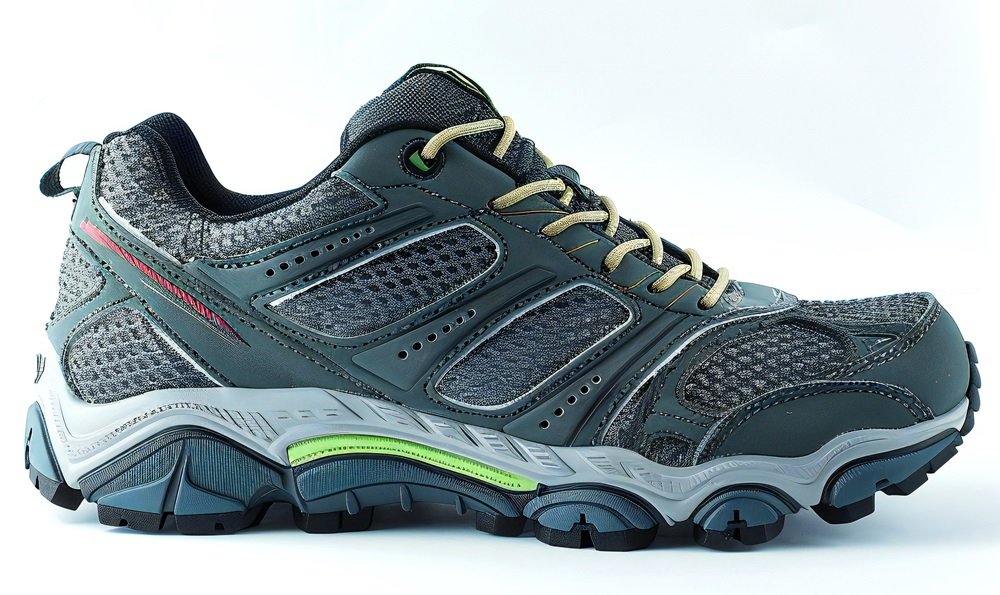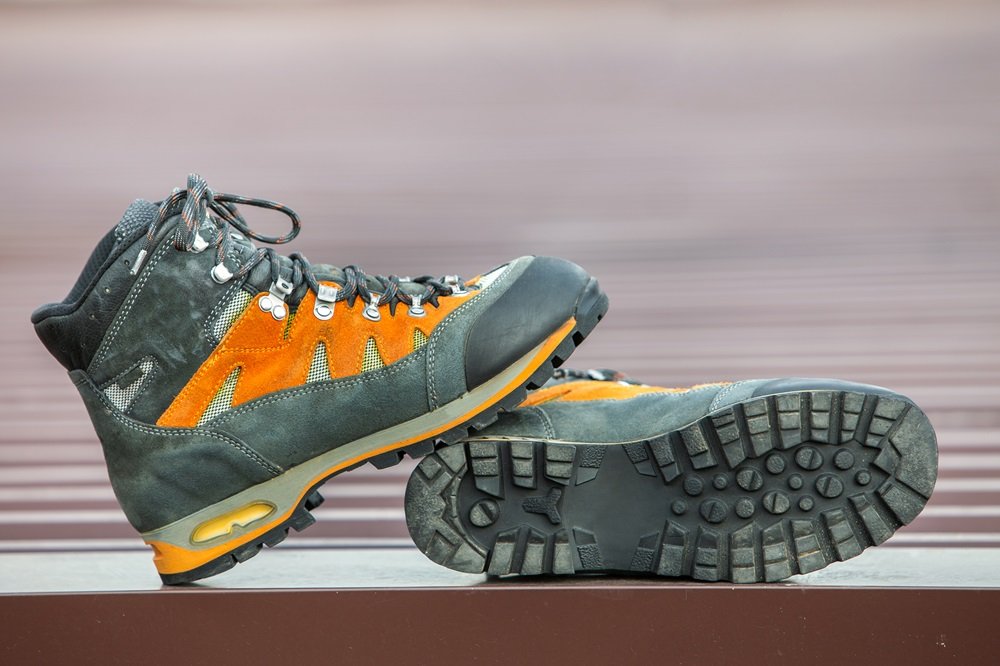You’ve probably noticed your quicklace system doesn’t snap back quite like it used to. Maybe the toggle feels loose, or the cord looks frayed after months of trail runs and daily walks.
When you bought those used Salomon kicks or invested in new performance shoes, the quicklace felt like magic. Now you’re wondering if it’s time for a fix or if your entire shoe has reached the end of its life.
What Actually Breaks First?
The quicklace system has three main parts: the cord itself, the toggle lock, and the pocket that holds everything.
After tracking wear patterns across different brands and use cases, here’s what typically fails first.
The cord frays at specific stress points. You’ll see this most often where the lace exits the eyelets near your toes.
The constant tension and friction create weak spots. If you run on rocky terrain or hike through brush, expect visible wear around the 6-month mark with regular use.
The toggle mechanism loosens over time. That satisfying click when you lock your laces? It depends on tiny internal springs and friction points.
These components wear down gradually. Most toggles last 12-18 months before you notice they won’t hold tension properly.
| Component | Average Lifespan | First Signs of Wear |
| Lace cord | 6-12 months | Fraying at eyelet points |
| Toggle lock | 12-18 months | Loose grip, slipping |
| Lace pocket | 18-24 months | Torn stitching, holes |
How Much Does a Replacement Cost?
Replacement quicklace kits typically run between $8 and $15. You can find universal kits that work with most systems, or brand-specific versions that match your original setup perfectly. Installation takes about 5 minutes once you figure out the threading pattern.
Compare that to buying new shoes. Quality trail runners or hiking boots with quicklace systems range from $100 to $180.
If your shoe upper, midsole, and outsole still have life in them, spending $12 on a new lace system makes financial sense.
But here’s the catch—most people don’t replace their laces until other shoe components start failing too. The timing often overlaps, which makes the decision trickier than it seems.
When Does the Rest of Your Shoe Wear Out?
Your shoe’s midsole foam compresses with every step. After 300-500 miles of use, you’ll notice less cushioning and support.
This happens regardless of how well your quicklace system holds up. The outsole rubber wears down too, especially if you run on concrete or rough trails.
If your midsole feels flat and your tread looks smooth, a new lace system won’t fix the real problem.
You’re just putting a fresh component on a worn-out shoe. That’s like changing the oil in a car with a blown engine—technically possible but practically pointless.
Check your shoe’s overall condition before ordering replacement laces. Press your thumb into the midsole foam.
Does it bounce back quickly, or does it stay compressed? Look at the outsole pattern. Can you still see the tread clearly, or has it worn flat?
What If Only the Laces Failed Early?
Sometimes the quicklace system fails while your shoes still have plenty of life left. This happens more often than you’d think, especially with factory defects or if you accidentally damaged the cord on a sharp rock.
You should definitely replace just the laces when your shoes have fewer than 200 miles on them and show no other wear signs.
The math works heavily in your favor here. Spending $10 to save a $140 pair of shoes makes perfect sense.
The replacement process doesn’t require special tools. You’ll need the new quicklace kit and about 5 minutes of patience.
Thread the new cord through your eyelets the same way the original was installed. Most kits include simple instructions, and you can find video guides online if you get stuck.
How Do You Maximize Quicklace Lifespan?
You can extend your quicklace system’s life with basic maintenance. Rinse the toggle and cord after muddy runs or hikes. Dirt and grit work their way into the toggle mechanism, creating extra friction that wears components faster.
Don’t crank your laces tighter than necessary. Excessive tension stresses both the cord and toggle. You want your shoes snug, not cutting off circulation. If you’re leaving deep impressions on your foot, you’re pulling too tight.
Store your shoes with the laces slightly loosened. Constant tension—even when you’re not wearing them—keeps stress on the system. Give it a break between uses.

The Real Decision Point
Here’s what actually matters: calculate your cost per mile. If you paid $120 for shoes and got 400 miles from them, that’s 30 cents per mile. Adding a $12 lace replacement to get another 100 miles drops your cost to 26 cents per mile.
But if your shoes only have 50-100 miles left based on midsole compression and outsole wear, you’re spending $12 to save maybe $30 worth of remaining shoe life. The numbers don’t work anymore.
The smartest approach combines both timing and condition assessment. Replace your quicklace system if you catch the problem early and your shoes have significant life remaining.
Plan for full retirement when multiple components show wear or you’ve crossed 400+ miles of use.
Your quicklace system will probably outlast other shoe components if you maintain it properly.
When it does fail first, replacement makes sense. When everything fails together—which happens more often—accept that your shoes had a good run and move on to a fresh pair.
Frequently Asked Questions
How long does a Salomon quicklace system usually last?
Answer: Most quicklace cords last 6–12 months, while toggles stay functional for 12–18 months. Lace pockets typically hold up for around 2 years before stitching or fabric wear appears.
Can I replace the quicklace system on my used Salomon shoes?
Answer: Yes. Replacement kits cost about $8–$15 and work with most Salomon models. The process takes 5–10 minutes, and you only need basic threading—no special tools required.
When should I replace the whole shoe instead of just the quicklace?
Answer: If your midsole feels flat or the outsole tread is smooth, it’s time for a full replacement. A new lace system won’t fix worn cushioning or traction issues.
Why does my quicklace toggle feel loose or stop locking properly?
Answer: The internal springs and friction points inside the toggle wear out after 12–18 months of regular use. Once it stops holding tension, replacing the toggle is the best fix.
How can I make my Salomon quicklace system last longer?
Answer: Rinse off dirt and mud, avoid overtightening, and store your shoes with the laces loosened. This reduces friction and stress, extending lace and toggle life significantly.


